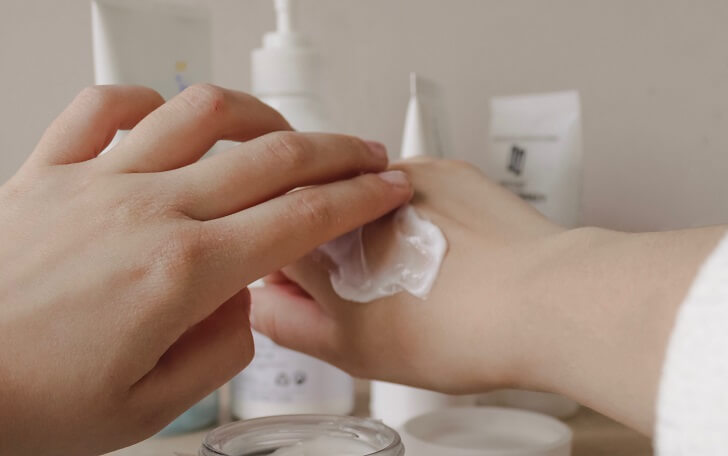Because of their delicate skin condition, people with psoriasis have to be more careful than others when it comes to the chemicals that they let in contact with their skin. If not, they could easily trigger a flare-up.
This said is it safe for those with psoriasis, especially the kind that affects the scalp, to put dye in their hair?
The answer isn’t so simple. It can be done, but people with the scalp condition need to practice certain precautions before and even after they do so.
Patch Test First

Whether one is going to the salon or doing a DIY dye job at home, it’s important to perform a patch test first. This involves applying some of the dye or bleach to be used on a patch of skin/scalp on the back part of the hair. If one doesn’t experience any adverse reactions to the product after 24 hours, it’s most likely safe to continue the dyeing process.
And going back to salons, people with psoriasis are advised to inform the stylist working on their hair about their condition first. Should they not be familiar with the disease and how to work with it, one could send them helpful resources or simply walk them through the considerations needed to style their hair properly.
Beware of ‘Natural’ Labels

For people who insist on going down the DIY route, beware of the chemicals present in the box dye you end up buying. One label to beware of is the ‘natural’ tag that some products boast of. Since it isn’t really a Food and Drug Administration-defined term, the word can be used by manufacturers for anything.
Instead, go straight to the ingredient list and find a brand of dye with as little alcohol content as possible. This ingredient should be avoided because of its tendency to dry skin further.
A good alternative to regular box dyes is henna. This could work well for people who want to achieve hair colors like reddish-brown or red. The natural dye is derived from the henna tree and is considered to be gentler.
Practice Proper Aftercare

Watch out for possible chemical reactions after dyeing. Hair dye could still react in negative ways when it interacts with the chemicals of one’s psoriasis medication.
A bad reaction is usually signified by either discoloration or allergic reactions. These can happen up to 48 hours after the hair treatment is done.
Once these reactions reach a level when you’re already experiencing blistering, extreme pain, and swelling, see a doctor right away to address the issue.




